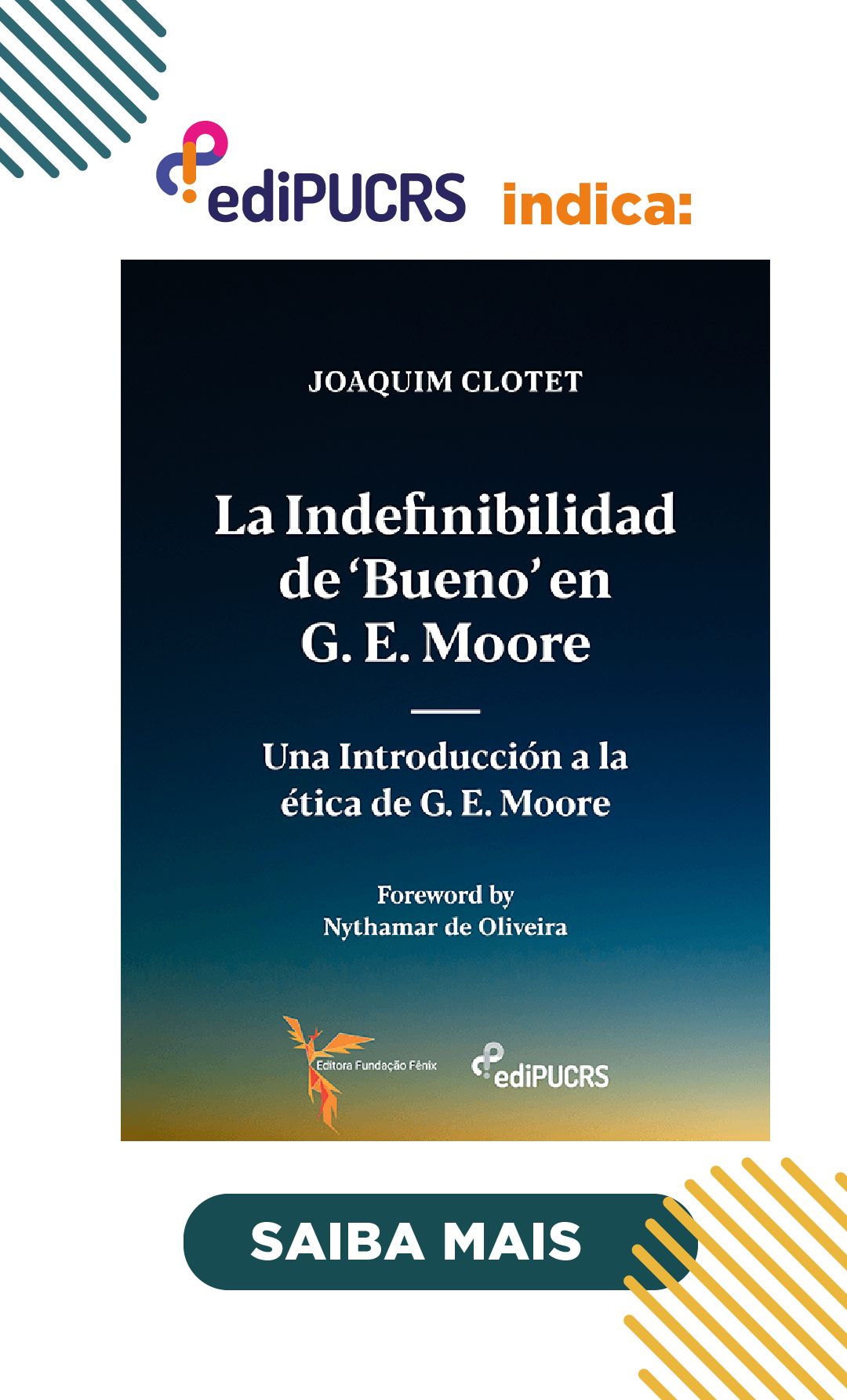Christian art, paradox and Postmodernism
DOI:
https://doi.org/10.15448/1984-6746.2021.1.39063Keywords:
Art, Christianity, Ugliness, PostmodernismAbstract
The history of Western art is the history of Christian art. Christianity has provided the distinguishing marks of European and Western art for two millennia: images, motifs, symbols, technics and personages. However, the deepest roots of Christian art aren’t exposed; its very nature and its most legitimate drives are ignored, even by the confessional public. The unavoidable outcome from that is the periodical outburst of polemics and misunderstandings. This paper aims to demonstrate that Christian art has never been refractory to aesthetical paradoxes and that, besides, the transcultural elements and technics of postmodern art have been borne along a process that was aesthetically and philosophically mostly a Christian one.
Downloads
References
ADORNO, T. Die Kunst und die Künste in Kulturkritik und Gesellschaft I/II. Gesammelte Schriften (Hsg. Rolf Tiedemann). Frankfurt: Suhrkamp, 1977.
ADORNO, T. Musikalische Schriften I-III. Fragmento sobre música e linguagem. Volume 97 da Biblioteca Digital: Theodor W. Adorno: Gesammelte Schriften, S. 13010 (vgl. GS 16, S. 252-253)].
ADORNO, T. Minima Moralia. Reflexionen aus dem beschädigten Leben: In nuce. Digitale Bibliothek Band 97: Theodor W. Adorno: Gesammelte Schriften, S. 2092 (vgl. GS 4, S. 253)], 2003.
ADORNO, T. Philosophie der neuen Musik. Frankfurt: Suhrkamp, 1997.
ALBERTO MAGNO, S. Tenebra luminosissima: Commento alla Teologia Mistica di Dionigi l’Areopagita. Palermo: Officina di Studi Medievali, 2007.
ARENDT, Hannah. Was ist Politik? München, Piper Verlag, 1993.
ASSUNTO, R. Die Theorie des Schönen im Mittelalter. Köln, DuMont, 1963. In: BALTHASAR, Urs von. Le Christ est-il beau? Disponível em : http://www.assomption.org/fr/mediatheque/revue-itineraires-augustiniens/itineraires-augustiniens-ndeg31-la-beaute/ii-augustin-maitre-spirituel/le-christ-est-il-beau-par-urs-von-balthasar. Acesso em: 11/11/2020.
BAUMAN, Z. O mal-estar da pós-modernidade. Rio de Janeiro: Jorge Zahar Ed., 1998.
BAUMGARTEN, A. G. Ästhetik – Übersetzt, mit einer Einführung, Anmerkungen und Registern herausgegeben von Dagmar Mirbach. Hamburg: Felix Meiner Verlag, 2007.
BENJAMIN, W. Über den Begriff der Geschichte. Frankfurt : Suhrkamp, 2002.
BESANÇON, Alain. L’art et le christianisme em Christianisme, héritages et destins. Paris, Le livre de poche, n. 4318, 2002. Disponível em: https://academiesciencesmoralesetpolitiques.fr/wpcontent/uploads/2018/05/art_christianisme.pdf. Acesso em: 11/11/2020.
BÍBLIA DE JERUSALÉM. São Paulo: Paulus, 1995.
BROWN, P. The Book of Kells. New York: Knopf, 1980.
ECO, Umberto. História da beleza. Rio de Janeiro. Record, 2004.
FIGUEIREDO, E. Desfazendo o gênero: a teoria queer de Judith Butler. Criação & Crítica, n. 20, 2018. Disponível em: http://www.revistas.usp.br/criacaoecritica/article/download/138143/139436/290774 Acesso em: 11/11/2020. DOI: https://doi.org/10.11606/issn.1984-1124.v0i20p40-55
GRASSI, E. Arte como antiarte. São Paulo: Duas cidades, 1975.
GRASSI, E. Poder da imagem, impotência da palavra racional. São Paulo: Duas cidades, 1978.
JEDIN, H. Historia del Concilio de Trento. Pamplona: Univ. de Navarra, 1972.
LESSING, G. E. Laocoonte ou sobre as fronteiras da pintura e da poesia: com esclarecimentos ocasionais sobre diferentes pontos da história da arte antiga. Introdução, tradução e notas Márcio Seligmann-Silva. São Paulo: Iluminuras, 1998.
LICHTENSTEIN, J. A pintura, Vol. 2: A teologia da imagem e o estatuto da pintura. São Paulo: Editora 34, 2004.
MÂLE, E. L’Art religieux après le Concile de Trente, étude sur l’iconographie de la fin du XVIe, du XVIIe et du xviiie siècles en Italie, en France, en Espagne et en Flandre, 1932. Persee. Disponível em http://www.persee.fr/doc/rscir_0035-2217_1933_num_13_1_1579_t1_0130_0000_2. Acesso em: 01/12/2017.
METZSCH, F. A. Bild und Botschaft. Regensburg: Schnell und Steiner, 2004.
NIETZSCHE, F. Die Geburt der Tragödie. In: NIETZSCHE, F. Nietzsches Werke. Salzburg: Bergland, 1952.
OSTER, C. Die Farben höfischer Körper: Farbattribuierung und höfische Identität in mittelhochdeutschen Artus – und Tristanromanen. Berlin: Walter de Gruyter, 2014. DOI: https://doi.org/10.1524/9783050065342
PANOFSKY, E. Arquitetura gótica e Escolástica. São Paulo: Marins Fontes, 2001.
PANOFSKY, E. Significado nas artes visuais. São Paulo: Editora Perspectiva, 2002.
PANOFSKY, E. Studien zur Ikonologie. Köln: DuMont, 1980.
PLAZAOLA, J. Historia y sentido del arte Cristiano. Madrid: BAC, 1996.
SPENCER, M. D. Understanding Four Quartets as a Religious Poem. Lewinston: Edwin Mellen Press, 2008.
WIND, E. Misteri pagani nel Rinascimento. Milano: Adelphi Edizioni, 1999.
Downloads
Published
How to Cite
Issue
Section
License
Copyright (c) 2021 Veritas (Porto Alegre)

This work is licensed under a Creative Commons Attribution 4.0 International License.
Copyright
The submission of originals to Revista Veritas implies the transfer by the authors of the right for publication. Authors retain copyright and grant the journal right of first publication. If the authors wish to include the same data into another publication, they must cite Revista Veritas as the site of original publication.
Creative Commons License
Except where otherwise specified, material published in this journal is licensed under a Creative Commons Attribution 4.0 International license, which allows unrestricted use, distribution and reproduction in any medium, provided the original publication is correctly cited. Copyright: © 2006-2020 EDIPUCRS</p





